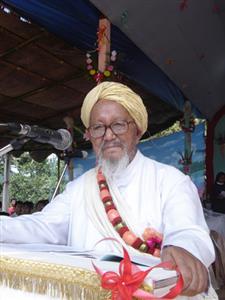
Rev. Fr. Sylvanus Sngi Lyngdoh, a priest, a scholar and friend of the sick passed away on 28th May, 2016 at 5.10 am at the age of 96 years. He is popularly known as Fr. Sngi and he was a person who took a number of initiatives for the Khasi society and in particular for the people of Ri Bhoi. His loved for his native place Mawbri and for his region was immense and perhaps what we find today in his writings is the rich philosophy and mythology of Ri Bhoi which through a period of time has entered the Khasi society and may be gradually will enter Khasi literature.
As a Catholic he was committed to his faith; as a religious he was committed to the life he had chosen and gave his optimal time to it as an evangeliser and a pastor who was available when people needed him. In the 1960s, 1970s and 1980s he was always seen using public transport and for him that was the time to meet people, instruct them and lead them to God. He was a doctor to the physically sick, also to those who are spiritually ill and a counsellor par excellance. He knew his Catholic faith so deeply that there is no question that cannot be answered by him. He was deeply agitated by the anti conversion bill passed when Shri Morarji Desai was the Prime Minister and he also participated actively in the rally at Malki ground when Christians were persecuted in Arunachal Pradesh.
As a social worker, he was the man responsible to introduce multi-cropping in Ri Bhoi. Earlier the Bhoi totally depended on paddy and when famine came there was hunger and suffering for the people. He brought tapioca from South India, yam and other crops and along with his faithful assistant late Jespil Syiem would travel from village to village not only to preach but to teach people on multi cropping. He understood the need of the people not only from the physical aspect but also the cultural aspect and hence worked constantly in what he believe that “in pastoral care, sufficient use must be made not only of theological principles, but also of the findings of the secular sciences, especially of psychology and sociology, so that the faithful may be brought to a more adequate and mature life of faith”.
For many years he had worked in Bangalore and also in Tamil Nadu and saw the plight of women due to dowry system. He did what no religious will venture out that is to bring women from places in the south and arranged a marriage with the local Khasi youth. As a priest he was involved in political life with an intention to bring about a change but when he saw that it did not work he immediately withdrew and he realised that Christian religious principles fails in the politics of Meghalaya. He was a critic of the government through the newspaper “Ka Sur Shipara” and he spared no efforts to make the people who governed that right things will have to be done so that the people get maximum benefits.
Rev. Fr. Sylvanus Sngi Lyngdoh was an excellent student who devoted his time to study and he gathered knowledge beyond the comprehension and imagination of many. He mastered Latin, Greek, Hebru and Aramaic and many other languages; with such a background and with his simplicity to put knowledge in the right perspective he became a teacher who was highly appreciated and wanted to continue teaching event in his old age. He was a gifted teacher and he taught what he knew with a passion to spread knowledge.
Fr. Sylvanus Sngi Lyngdoh was a lexicographer, a writer and a preserver of knowledge. As a lexicographer he wanted that what he had mastered he must share with his community and what prompted him to do such a herculean task was an interaction he had in 1947 with late Rev. Fr. H. Elias who said, “We need living leaves of the word of God. Oh! If I knew the original language, however, we are lucky we have Mgr. Bars.” He recalled again, that on 10th December, 1953 he and Fr. H. Elias visited Babu Primrose Gatphoh who said the following words to them, “We need living leaves of the word of God. We also need the ways and means to bring them in the Khasi language in simple and dignified.” The words of his elders and scholar friends made him prepared and published “Ka Dikshonari Grik-Khasi Jong Ka Jutang Bathymmai” and “Ka Dikshonari Hibru-Khasi Bad Aramaik-Khasi Jong Ka Jutang Barim.” in 1975 and he dedicated it with these words: “Da ka Jingsngewnguh ka bakhraw NGI AINAM Ia kane ka Dikshonari Grik-Khasi Jong ka Jutang Bathymmai Kaban iarap i’u Khynriam-u-Pnar-u-Bhoi-u-War Ban sngewthuh bha ia ka Ktien u Blei.” (With heartfelt gratitude WE DEDICATE This New Testament Greek-Khasi Dictionary which will help the Khynriam-u-Pnar-u-Bhoi-u-War to understand better the Word of God).
The dictionaries were published with financial assistance by Sue Ann Bentz Altman. The publication of the above three dictionaries placed Khasi language in a pedestal that no other indigenous languages of the world has attained in those years and perhaps even today.
As mentioned earlier, he had a deep love for Ri Bhoi and his social activities prompted him to write a book entitled, “Ka Riti-Khyndew ba la buh u Longshuwa-Manshuwa jong ka Ri Bhoi,” in 1965 and this book will always remain a reference for the land tenure system in Ri Bhoi.
As a scholar and writer of Biblical commentaries in Khasi, Fr. Sngi wrote numerous commentaries more than 30 in number and he had a target which unfortunately God did not permit him to complete. What is special about the Biblical commentaries of Fr. Sngi is that he depended on the original languages as his source that is Aramaic, Hebru, Greek and Latin and then directly into Khasi. Such a translation will be closer to the source language since the translator and commentator was fluent in all the above languages and also Khasi.
In the commentaries we will find regular references to the Khasi culture and traditions as sort of comparison and example to drive home the message. It is unfortunate, that some Khasis do not see this effort of Fr. Sngi as a contribution to Khasi literature but as religious texts. The book of Job and the book of Ruth in Khasi were translated directly from Greek into Khasi and having read them several times there is essence and better understanding of the above texts.
What made Fr. Sylvanus Sngi Lyngdoh a great Khasi writer is the ability to give credit to another person that is Jespil Syiem. Having interacted with him on several occasion right from my boyhood days he mentioned that he read the “Iliad” and “Odyssey” in original Greek; he mentioned that Homer was blind and he depended on other people to document his works. As mentioned earlier Jespil Syiem was a faithful assistant of Rev. Fr. Sngi in the 1960s and 1970s. Jespil Syiem was a bard and in the evening he would sing and his songs was related to the myth, folklore and legends of the Khasis and that prompted Fr. Sngi to record those songs sung by Jespil Syiem in spools.
In the 1970s Fr. Sngi brought Jespil to Sacred Boys High School, Mawlai to study and he stayed close to Fr. Sngi in a hostel meant for boys from villages. Jespil Syiem loved nature and he would roam the forest of Lawmali close the spring at Mawlai Phudmawri. Suddenly, the news spread that Jespil Syiem was a leper he was chase and he took shelter in the Hindu cremation ground on the banks of the Umkhrah river.
Fr. Sngi had a tough time to convince people that leprosy was curable and he was asked to send the youngman away. Fr. Sngi informed that on a rainy night Jespil Syiem disappeared and he was found after a few days at Byrnihat. He was taken to be treated by the Missionary Sisters of Charity at Nongpoh and after that Fr. Sngi lost touch with Jespil Syiem. When Jespil Syiem passed away Fr. Sngi remembered the spools and then began to transcribe them and put them into writings.
In 2003 he prepared and published the first collection of Jespil Syiem songs under the title “Ka Thymmei U Hynñiewtrep Ki Saw Dorbar-Blei”. Several people came forward to finance the publication of this massive work and they are Mr. Ban Lamare, Mrs. Mar Kharlyngdoh, Mr. Spir Mawlong, Mr. Moris Lamare, Mrs. Doris Lyngdoh and Mr. Shlur K. Lyngdoh. The entire book is in poetry and contains 967 pages with 57263 lines. For Fr. Sngi it was a massive task which he faithfully did in honour of his friend Jespil Syiem and to give us an insight of what our ancient tradition is all about. I do not doubt that Fr. Sngi must have modified and added his ideas into the work but nevertheless he never claim to be the author and gave all the credit to Jespil Syiem. The book was released in 2004 at Umden amidst a huge gathering of people and what was noteworthy was that the book was exchanged with a dozen of eggs or a pumpkin or a chicken. The intention was that the book must enter the Khasi household and today even if we want a copy of the book it will be difficult to get.
In 2005 Fr. Sngi completed transcription and published another book entitled “Ka Liengmakaw Ka Ïambynñiaw U Manik Raitong Shuwa Ba Un Shah Thang-Im”. The finance for the publication of the book was by Mrs. Pelina Marbaniang and Mr. Everlasting Shylla. The entire book is in poetry and contains 1363 pages with 59630 lines. The entire story is of Manik Raitong and ka Liengmakaw and it gives us an insight into another aspect of the relationship with a lot of other background into the life of u Manik Raitong and ka Liengmakaw. Again it is a massive work and perhaps those who did possess a copy of this important work will miss the famous love story of the Khasis which is told from one generation to another. Fr. Sngi also made all efforts to give importance to Lum Raitong and even discovered a stone where the love letter of u Manik Raitong and ka Liengmakaw is preserved.
Fr. Sylvanus Sngi Lyngdoh loved his clan and his family and according to him Jespil Syiem also sung about his clan Lyngdoh Thaïang. Between the years 2009 and 2011 he bought out two books after transcription and putting into writing from what Jespil Syiem sung. The first collection entitled “Ka Khanatang Ka Ïang Lyngdoh” was released in 2009 and the second part was released in 2010. The first part of the book in poetry contains 977 pages and 38892 lines. The second part of the book in poetry contains 1062 pages and 44592 lines.
The entire two collections is a story of Iang, her struggle and her achievement as she moves from place to place. For me who have been close to Fr. Sngi part two of “Ka Khanatang Ka Ïang Lyngdoh” was the last book I had spent my time reading and analysing. Reading the above books give us an insight into the myths, legends, folklore and folktales along with the practices and rituals that were being followed by our ancestors. It makes you proud as a Khasi of this immense treasure which is unfortunately being ignored by modern day scholars to the extent that they rejected the proposal to give him the Bhasha Samman from the Sahitya Akademi. Tran scripting data from spools require patience and arranging them in the form that they are being recorded today in a book form require skills. Fr. Sylvanus Sngi Lyngdoh did not work for award or recognition but it is important for us to see the treasure in these works. He was an honest man who gives credit to people who deserve credit, he could have easily claim ownership of Jespil Syiem’s songs and no one will know but honestly makes him greater today. Jespil Syiem like Homer is fortunate as Fr. Sngi keeps his memory alive among the Khasis in a book form.
Rev. Fr. Sylvanus Sngi Lyngdoh was an examiner of the Khasi Department for M.Phil dissertations and Ph.D thesis and carried out his task with care. He was an active member of the Khasi Authors’ Society and when he was in good health he would attend meetings regularly. He contributed a number of scholarly articles in different Khasi journals and in other journals as well.
As a Catholic and religious he was faithful to his faith, spread and was faithful to his religious life and to the way of life of the Salesian of Don Bosco. As a Khasi he was deep rooted into his culture, language and his appearance reflected the “Rangbah Khasi” in him. All that he did in his life was the love that he had for his people and he would echo the words of Fr. H. Elias, “Haba ka ktien ka im ka Jaitbynriew ka im” bad “Ka Jaitbynriew kaba pule kan ym ïap”. (When language is alive and active the race is also alive and active and the race that reads will never die). With the passing away of Rev. Fr. Sylvanus Sngi Lyngdoh, Khasi society is becoming poorer and we hope that we take the legacy he has left behind with gratitude and a sense of commitment. [The author had been in close association with Rev. Fr. Sylvanus Sngi Lyngdoh and had spent time with him during his boyhood days]. – By Dr. Sylvanus Lamare (The writer is the Principal of St. Edmund’s College)

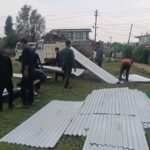

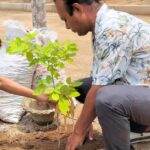
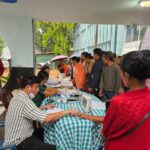


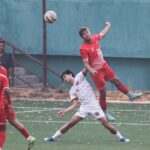

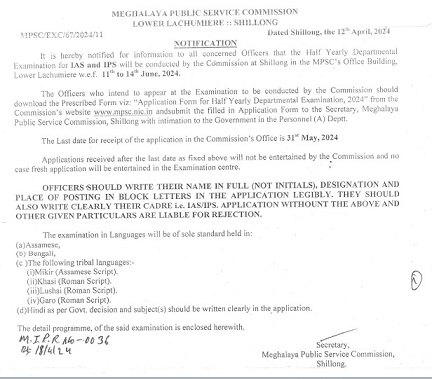
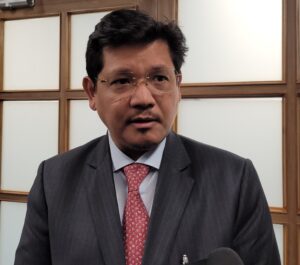

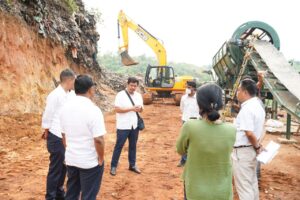
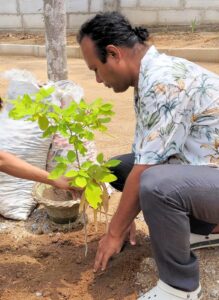
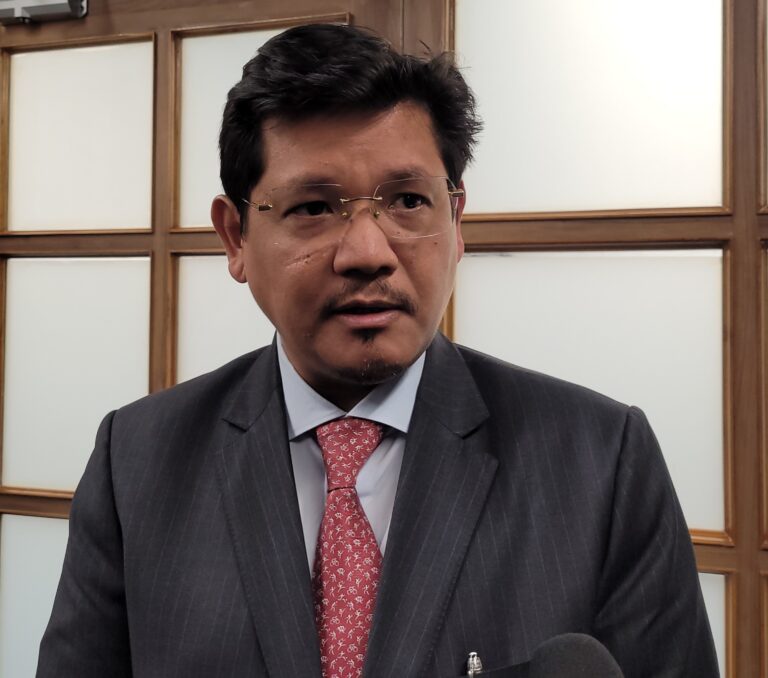

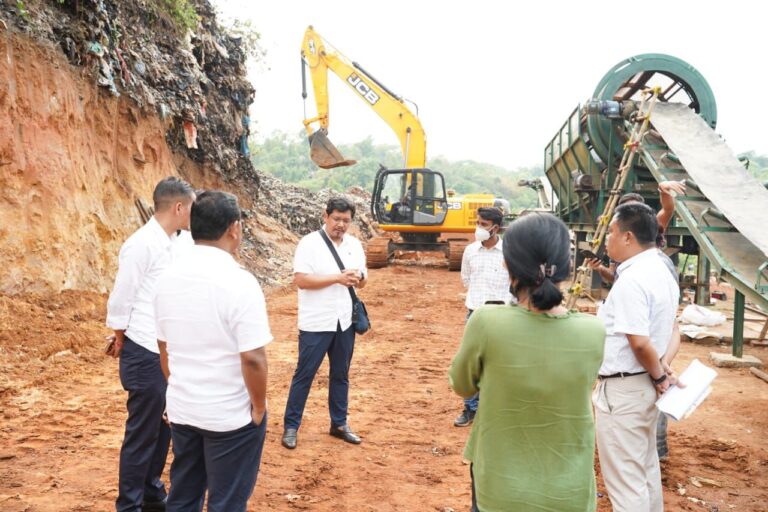
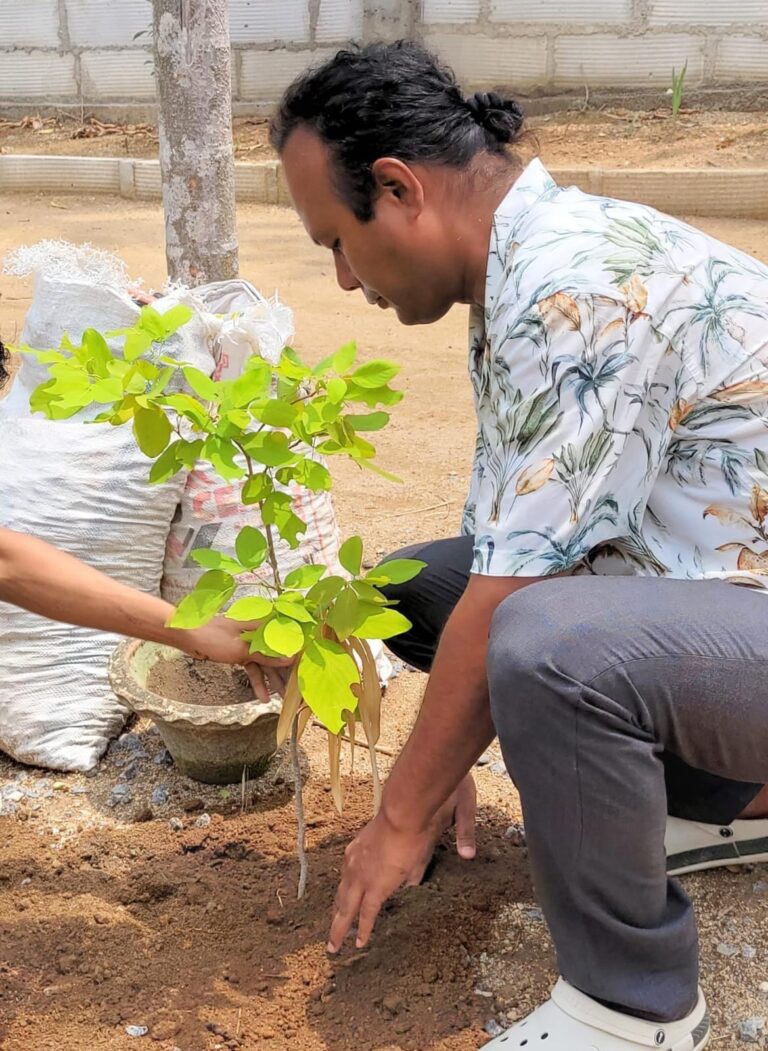
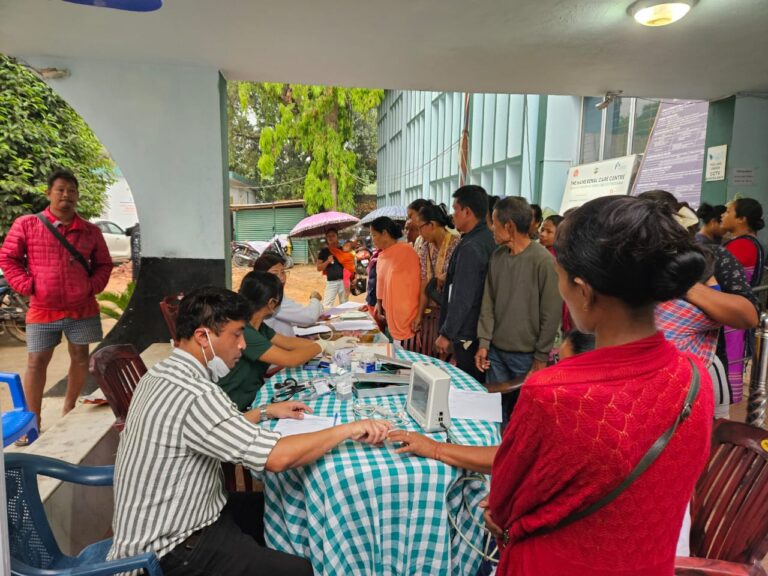

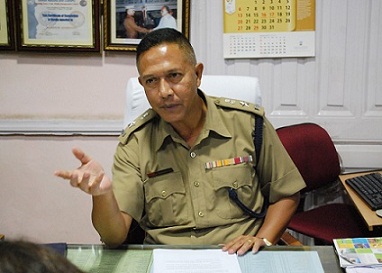
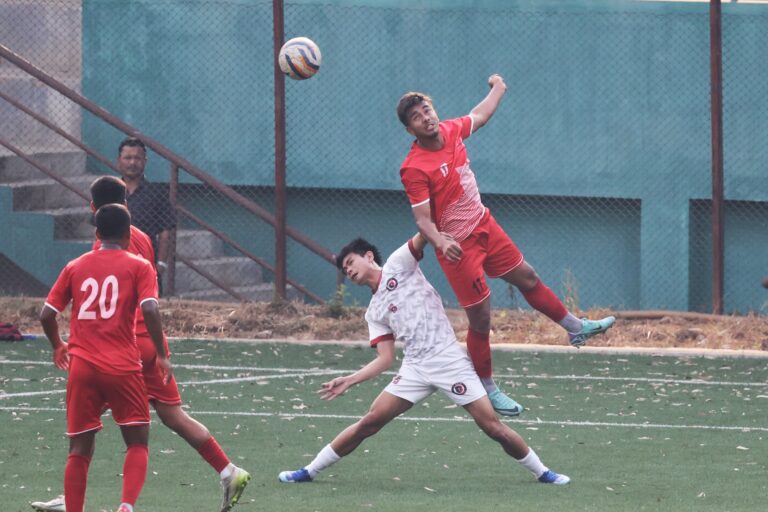
Respected Sir,
He was a Man of the millenium & a Great scholar, thinker, orator, social Reformer, holy Religious Priest, healer, excorcist That none could Be replaced. His works Are greatly To Be Recognized In the Khasi Literature Soon.
Thanks